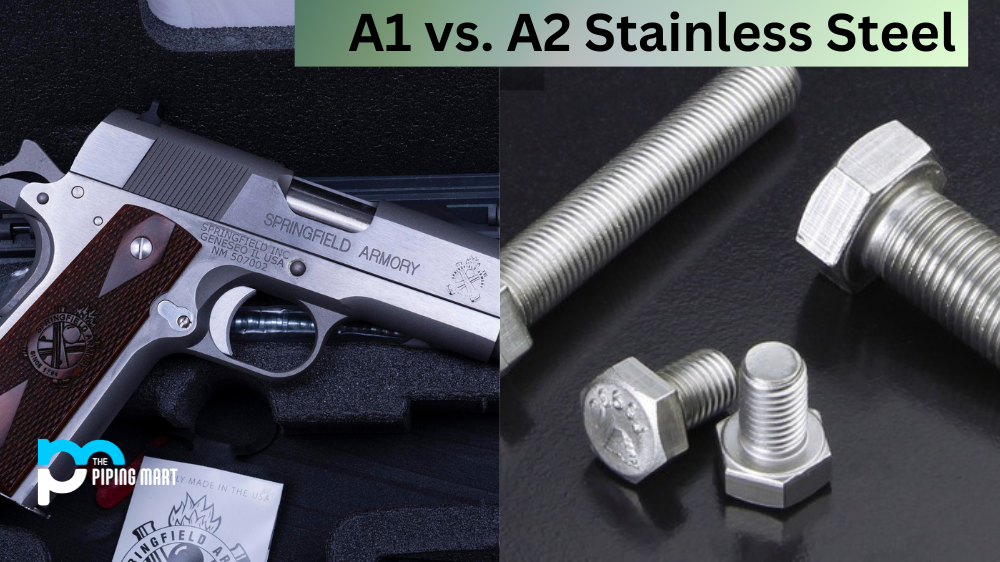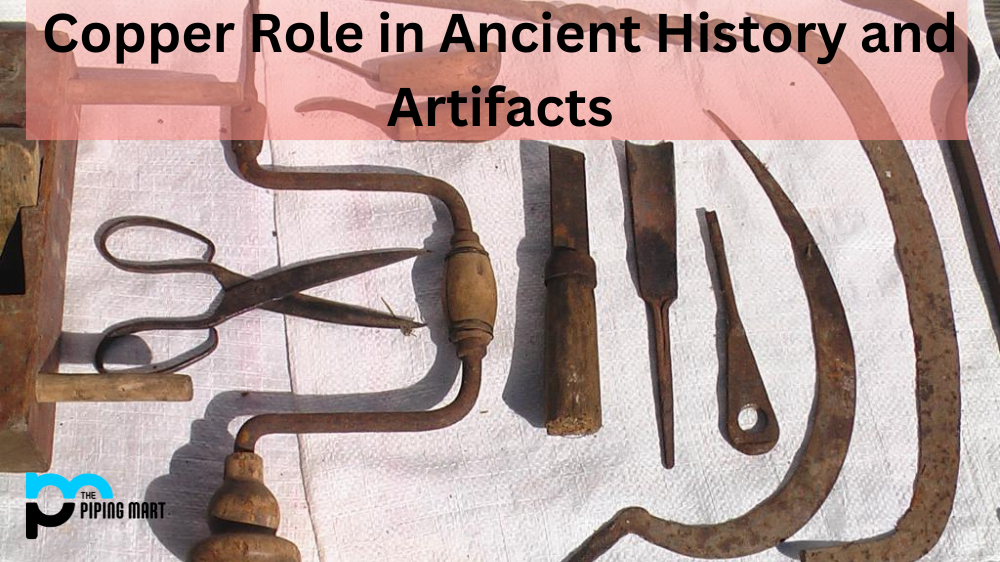Many factors must be considered when choosing the suitable material for your project. Two materials that are commonly used in various industries are tungsten and Molybdenum. But which one is the best for your needs? In this blog post, we’ll compare the properties of tungsten and Molybdenum and help you decide which one to choose.
What is Tungsten?
Tungsten is a chemical element with the symbol W and atomic number 74. Tungsten comes from the former Swedish name for the tungstate mineral scheelite, or “heavy stone”. Tungsten is a greyish-white metal that is dense, hard, and often used in high-strength steel alloys. It has the highest melting point of any metal and is corrosion-resistant.
What is Molybdenum?
Molybdenum is a chemical element with the symbol Mo and atomic number 42. The name molybdenum comes from the Greek word molybdos, meaning “lead”, as its ores were confused with lead ores. Molybdenum is a silvery-white metal that is soft, ductile, and has a high melting point. It is often used as an alloying agent in steel production.
Difference Between Tungsten and Molybdenum
Tungsten and Molybdenum are transition metals frequently used in high-strength steel alloys. Tungsten has the highest melting point of any metal, while Molybdenum has a higher melting point than any other element except carbon. Both tungsten and Molybdenum are resistant to corrosion and have similar chemical properties. However, tungsten is significantly more complex than Molybdenum.
Atomic Structure
Tungsten is a metal that belongs to the group of transition metals. It has an atomic number of 74 and a 19.25 g/cm3 density. It is a brutal, durable metal with a high melting point and is highly heat-resistant. On the other hand, Molybdenum is a chemical element that has an atomic number of 42. It has a 10.28 g/cm3 density and a lower melting point than tungsten. However, it is still highly resistant to heat, making it a valuable material in various industries.
Applications
Tungsten and Molybdenum are used in various industries due to their unique properties. Tungsten is commonly used in manufacturing electric filaments, heating elements, and welding electrodes thanks to its high melting point and high resistance to heat. On the other hand, Molybdenum is used in manufacturing high-speed tools, electrical contacts, and other applications that require resistance to corrosion and high-temperature environments.
Availability
Tungsten is a rare metal that is found in very few locations around the world. It is often extracted from wolframite minerals or scheelite ores. This makes tungsten one of the most valuable metals in the world and is often used in high-end applications. On the other hand, Molybdenum is more readily available and mined from various locations worldwide.
Price
Due to its rarity, tungsten is more expensive compared to Molybdenum. However, the price may vary depending on the purity and quality of the material. Molybdenum is generally less costly and is an excellent alternative to tungsten for many applications.
Corrosion Resistance
Both tungsten and Molybdenum have excellent corrosion resistance. Tungsten is highly resistant to acids, alkalies, and organic solvents, while Molybdenum is resistant to most chemical environments except for hydrofluoric acid and certain other acids.
Conclusion
In conclusion, tungsten and Molybdenum are valuable materials with unique properties. The choice between the two depends on the specific needs of the application. Tungsten is a complex and durable metal highly resistant to heat, making it an excellent choice for high-temperature applications. On the other hand, Molybdenum is more readily available and an excellent alternative for many applications requiring high corrosion resistance. Understanding the properties of these two materials will help you make an informed decision when choosing between tungsten and Molybdenum for your project.
Meet Heer, a dynamic and driven writer learning tricks of her trade in the metal industry. With a background in Digital Marketing, Heer brings a unique perspective to her writing, sharing valuable insights. Apart from blogging she like reading and hiking.




